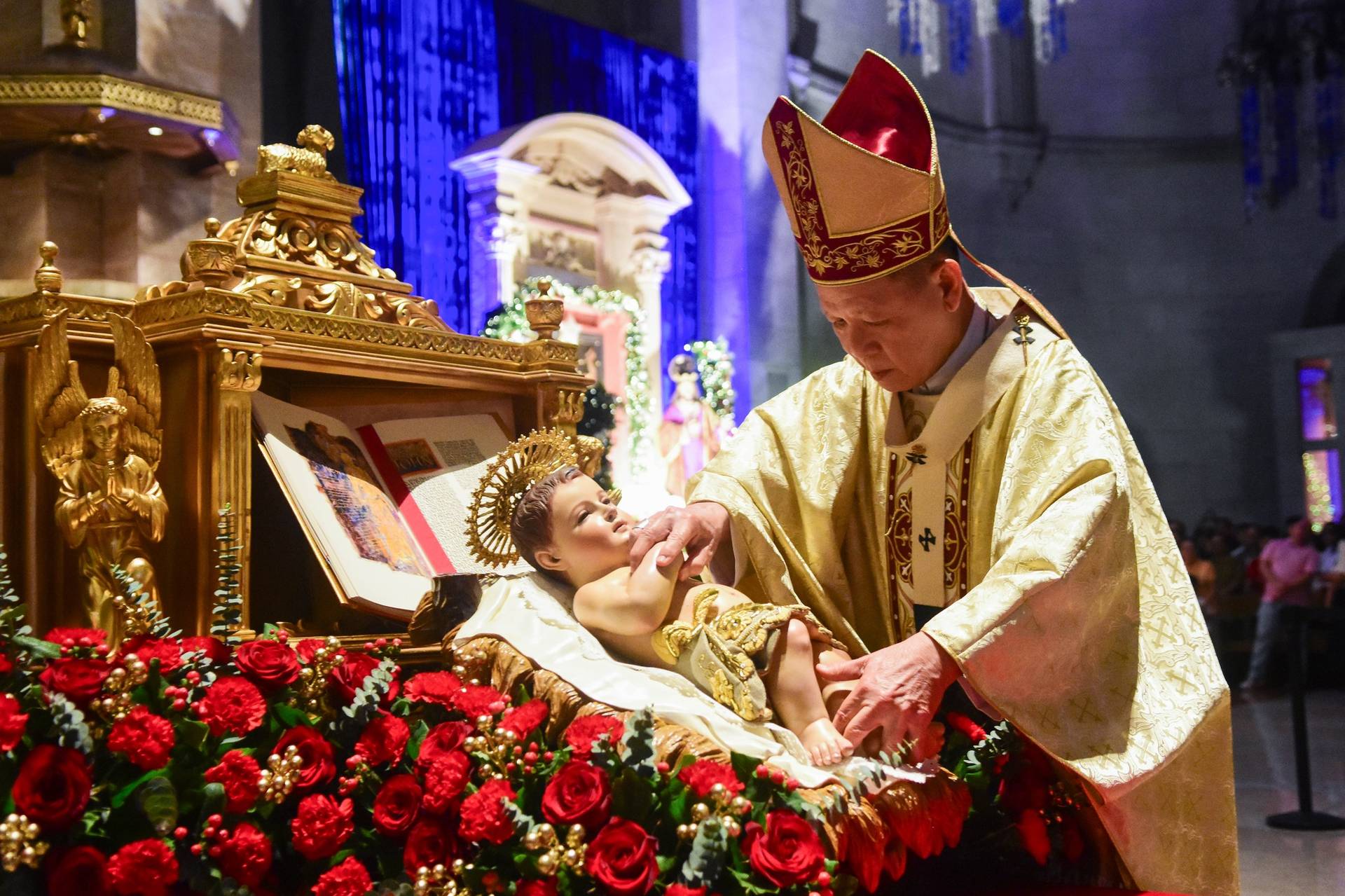BALTIMORE — The U.S. bishops took on the task during their fall general meeting in Baltimore of considering proposed Mass texts for the feasts of Our Lady of Loreto and the recently canonized St. Paul VI.
The texts were introduced Nov. 15 during their fall general meeting in Baltimore.
Latin-language liturgical texts were issued for both. St. Paul VI’s feast day is May 29 — the day he was ordained a priest — and Our Lady of Loreto’s feast day is Dec. 10. which has been the feast’s date in Loreto, Italy.
Last year, the International Commission on English in the Liturgy, which prepares texts for those bishops’ conferences where English is the dominant language, set to work with texts for these feasts.
“Both celebrations have English translations of a Collect prayer, elements from the Office of Readings — biography, second reading with its responsory, and concluding prayer — and an entry for the Roman martyrology,” noted Archbishop Leonard P. Blair of Hartford, Connecticut, chairman of the bishops’ Committee on Divine Worship.
He made the comments in a prefatory message to his fellow bishops.
St. Paul VI “shines out as one who united in himself the pure faith of St. Peter and the missionary zeal of St. Paul,” said a 2019 decree by Cardinal Robert Sarah, then prefect of what’s now called the Dicastery for Divine Worship and the Sacraments.
“He wishes nothing other than the church might have a greater knowledge of herself in order to be ever more effective in proclaiming the Gospel,” the decree said.
The proposed liturgy of the hours texts notes that St. Paul VI “successfully brought the Second Vatican Council to its conclusion, promoting the restoration of ecclesial life, particularly the liturgy, ecumenical dialogue and the proclamation of the Gospel to the modern world.”
The Dec. 10 feast of Our Lady of Loreto, as per the wishes of Pope Francis, “is to be celebrated every year,” said Cardinal Sarah in a separate decree. “This celebration will help all people, especially families, youth and religious, to imitate the virtues of that perfect disciple of the Gospel, the Virgin Mother, who, in conceiving the head of the church, also accepted us as her own.”
Loreto is the proper spelling for the town in Italy to which Mary’s house allegedly flew. (Religious orders and parishes often use the alternate spelling, Loretto.) Therefore, the feast is named for Loreto, the Italian town.
“The Holy House of Loreto is not only a ‘relic,’ but rather a precious and true ‘icon,'” says the proposed office of readings for the feast. “It is an icon not of truths imperceptible to the senses, but of singular event and mystery; that is, the incarnation of the word.”
“The justifiable effort of our age to recognize the place that befits women in the church and in society finds here an appropriate opportunity for deeper reflection. Because ‘God sent his son, born of a woman,’ in Mary all women have thus been raised to such dignity that one cannot imagine anything greater,” it adds.
“How can we not make mention of the ‘option for the poor,’ which the church made in the (Second Vatican) Council and even more clearly confirmed afterwards? The austere and humble walls of the Holy House remind us that this option was instituted by God himself in Mary, who, as we read in the conciliar text, ‘found her place among the Lord’s humble and poor who expect and receive salvation faithfully from him.'”
As is the case with liturgical texts, two-thirds of the U.S. Latin-rite bishops must approve of the texts, then submit the texts to the Vatican’s Dicastery for Divine Worship and the Sacraments for a “recognitio” before the texts can be used in worship.

















